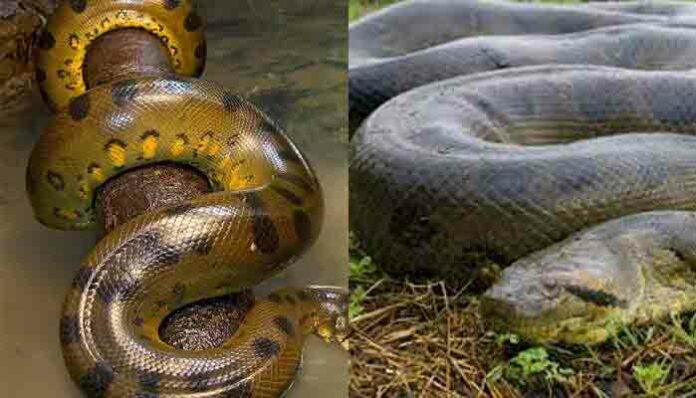Snakes have long captivated the human imagination with their impressive size, mesmerizing movements, and often intimidating presence. Among the countless species of snakes inhabiting our planet, a few stand out for their remarkable size, earning them the title of the “biggest snake in the world.” In this article, we’ll delve into the fascinating world of these colossal reptiles, exploring their characteristics, habitats, and significance in the natural world.
Reticulated Python
Size and Length
The reticulated python, often considered the Biggest Snake in the World, reaches staggering lengths, with specimens exceeding 20 feet (6 meters) not being uncommon. Some reports even suggest lengths of over 30 feet (9 meters), although such cases are rare.
Habitat
Diet and Hunting Habits
Reticulated pythons, formidable predators and strong contenders for the title of the Biggest Snake in the World, prey on a variety of animals, including mammals, birds, and occasionally even reptiles. They employ constriction as their primary hunting technique, wrapping around their prey and squeezing until it suffocates.
Anaconda
In the dense jungles of South America, another formidable giant roams—the anaconda. Among the various species, the green anaconda (Eunectes murinus) stands out not only as the heaviest but also as the undisputed Biggest Snake in the World by mass.
Physical Characteristics
The green anaconda is characterized by its thick, muscular body and olive-green coloration, providing excellent camouflage in its swampy habitat.
Habitat and Distribution
These massive snakes inhabit the murky waters of the Amazon and Orinoco basins, where they prowl the shallows in search of prey.
Feeding Habits
Comparing Reticulated Python and Anaconda
Size and Weight
Geographic Range
Predatory Behavior
Anacondas rely on constriction to subdue their prey, but as contenders for the title of the Biggest Snake in the World, they actively tackle larger prey items, including large mammals and even other predators like jaguars and caimans.
The Green Anaconda: Largest Snake by Weight
Of all the species of anaconda, the green anaconda holds the title for being the largest and heaviest snake in the world.
Burmese Python
Another formidable giant among snakes is the Burmese python (Python bivittatus), native to the jungles and marshes of Southeast Asia.
Characteristics
Burmese pythons are renowned for their robust build and distinctive pattern of dark blotches against a light background.
Geographic Distribution
Prey and Hunting Techniques
African Rock Python
The African rock python (Python sebae), one of the largest snake species on the continent, originates from sub-Saharan Africa and is often mentioned among the contenders for the title of the Biggest Snake in the World.
Appearance and Habitat
Prey Selection and Feeding Habits
Other Contenders for the Title
Conservation Status and Threats
Human Perceptions
Throughout history, large snakes have evoked a mix of fascination and fear among humans, featuring prominently in myths, folklore, and popular culture.
Conclusion
FAQs
- Are giant snakes dangerous to humans?
2. How do giant snakes kill their prey?
Most giant snakes use constriction to suffocate their prey, wrapping around it and exerting pressure until it ceases to breathe.
3. Are giant snakes endangered?
Many species of giant snakes are threatened by habitat loss, poaching, and human persecution, leading to declines in their populations.
4. Can giant snakes be kept as pets?
5. What is the largest snake ever recorded?
Researchers believe that they have recorded the largest snake ever, a reticulated python measuring over 30 feet in length.

